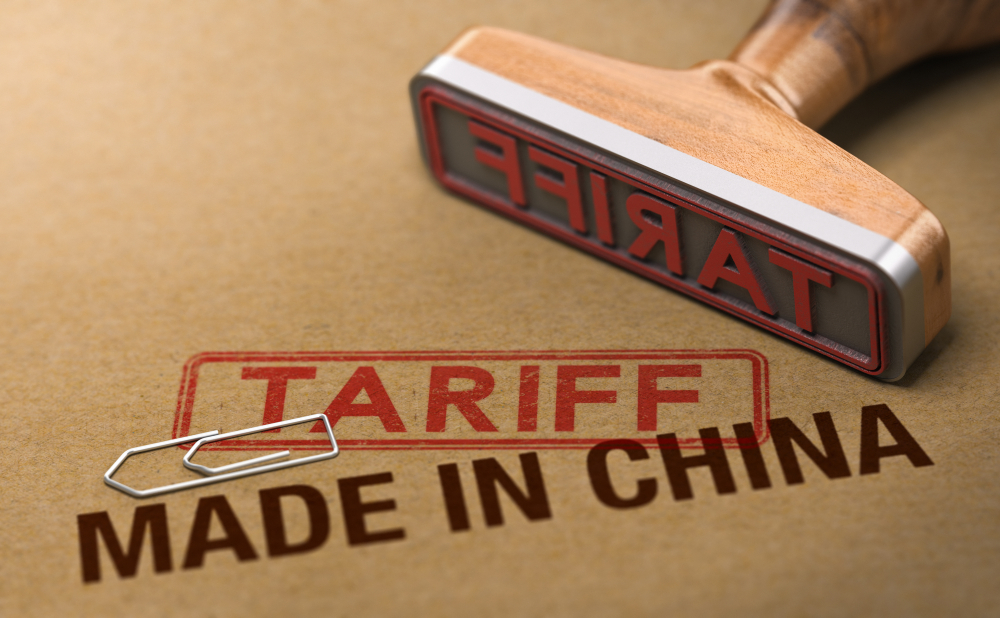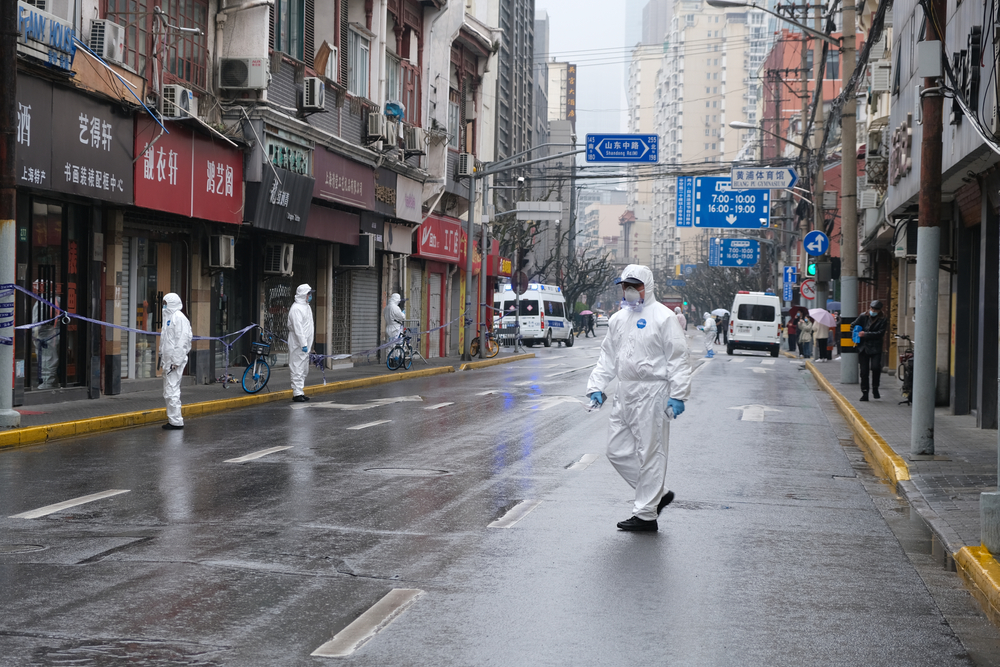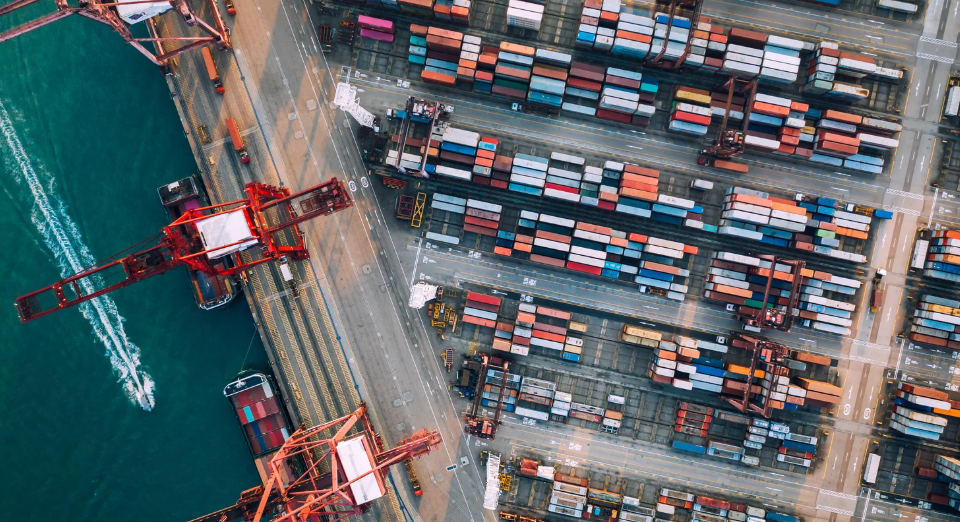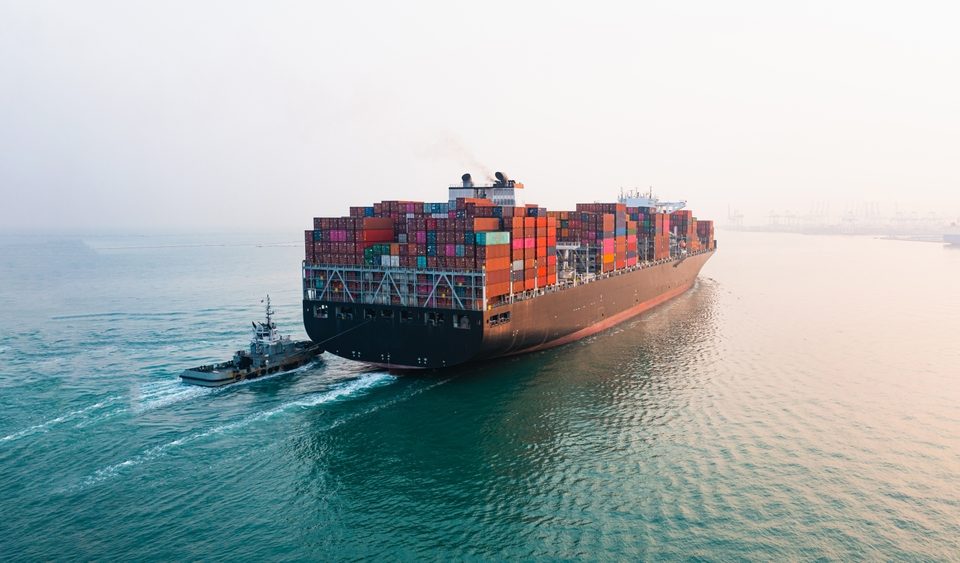
USTR Issues Determination of Reinstatement of Certain Exclusions from China Section 301 Tariffs
March 24, 2022
China COVID & Congestion Update
April 12, 2022Weekly Vessels Anchored and at Terminals as of 3/29/2022
LA & LB: Anchored 28 | Terminal 28 | Loitering 2 (Inside 40 NM) & 2 (Outside 150 NM)
Oakland: Anchored 9 | Terminal 8 | Drifting 13
NWSA: Anchored 2 | Terminal 7 | Drifting 0
On March 25, 2022, Southern California Marine Exchange reported 89 total ships in the LA/LB port complex including 25 at anchor or loitering and 64 at berths. Of the 89, 32 are container ships including 4 at anchor or loitering and 28 at berths. Also, 47 are within 150 NM (Nautical Mile) or steaming toward the San Pedro Bay complex. The average number of days awaiting a berth within 40 NM is 3.2 days.
China’s Congestion Continues
On March 22, 2022, The Port of Shenzhen resumed port operations, after being in a seven-day lockdown caused by another COVID outbreak. Limited dock workers were allowed to work during the duration of the shutdown, and the limited trucking and warehousing availability created supply chain issues. A major carrier forecasts that vessel waiting times will increase in Shenzen along with additional COVID flare ups that have caused port issues at the other Chinese major gateways of Qingdao, Shanghai, and Ningbo-Zhoushan. On March 22, 2022, Splash stated in part: “Congestion at China’s ports resurged over the past week as the lockdown of several Chinese cities affected productivity at their main ports.”
On March 27, 2022, China announced Shanghai, with a population of 24.8 million, would enter a staggered lockdown making it the biggest city-wide lockdown since COVID began more than two years ago. Congestion at the port is high and is expected to further increase in the coming days.
PMSA – Pacific Merchant Shipping Association, President, John McLaurin
On March 23, 2022, McLaurin commented, “consumers throughout the country are wondering why they cannot get a refrigerator or sofa on time. In short, many consumers during the pandemic were unable to spend money on concerts, sporting events, or vacations and instead began ordering more products online. Consumers did so much purchasing that the ports throughout the U.S. (United States) set all-time cargo volume records. The tsunami of cargo has now lasted for more than 18 months, causing congestion throughout the supply chain. Supply chain workers have struggled to process the massive increase in container traffic as there is only so much space at terminals and warehouses, and a limited number of trucks, rail cars, chassis, and containers. The volume of cargo that remains in the system will take some time to be delivered.” In McLaurin’s conclusion: “Keeping marine terminals open 24 hours a day, seven days a week will not relieve congestion. Terminals that extended their hours saw little traffic of trucks coming or going. The results of extended gate hours clearly indicated that addressing only one component of the supply chain without the cooperation and involvement of all others is not a path to success. The congestion highlighted the lack of warehouse and off-dock storage space needed to process cargo during surges and or peaks.”
Westcoast Labor Contract Expires on July 1, 2022 – Negotiations could start as early as next month
Los Angeles Mayor Garcetti anticipates labor discussions to be resolved without significant disruptions to the Port of LA & LB. Expectations are high as Garcetti stated in part: “He is optimistic both sides will be able to see eye-to-eye, especially considering the amount of cash ocean carriers have as they posted record profits last year. Garcetti is calling the labor union’s requests as reasonable for raised wages, pension, and health benefits and that the ports have enough work available.” One issue of contention between the vessel carriers represented by PMSA and the ILWU (International Longshore and Warehouse Union) is speculated to be the carrier/terminal operator implementation of Artificial Intelligence (AI). Vessel carriers have substantial amounts of cash to work with and could implement dock automation measures to reduce human labor usage/costs. Garcetti remains optimistic that the two sides will be able to resolve these issues.
Long Dwelling Reefer Fee to Double– Port of Long Beach
The chronic situation of live import reefers being stored on the dock at ITS for extended periods after vessel discharge will be increased rates for extended on-dock dwell time. Effective March 28, 2022, the terminal operator is strongly urging clients to take delivery of their cargo as soon as possible to avoid incurring a doubled fee it will impose for lingering live reefers. It is highly likely other terminals within the San Pedro Bay complex could also follow up and assess increased fees.
Clean Truck Fund Rate Collection Begins April 1, 2022
On April 1, 2022, both ports of LA and LB will begin collecting a Clean Air Action Truck (CTF) Program fee. The ports have set an industry-leading goal to achieve zero-emissions drayage trucking by 2035. The CTF fund is anticipated to generate $90 million in the first year or $45 million per port. The cost will be paid by cargo owners for loaded containers moved by truck for loaded import and export cargo containers hauled by drayage trucks as they enter or leave container terminals. The fund is being collected to encourage the trucking industry to invest in cleaner engine burning vehicles in the port’s effort to reach zero-emission. A zero-emission truck exemption to the CTF rate will be initially provided to truckers hauling containers by zero-emission trucks and/or low-nitrogen oxide-emitting trucks which can be exempt from the collection, however, must be registered to receive the exception.
Please contact your Western Overseas representative with any questions.





